Planning for retirement requires more than just setting aside a portion of your income. It’s about making the most of the financial tools available to you and optimizing your savings to secure a comfortable future.
In our recent podcast episode of Life Unlimited, we had a riveting conversation with financial expert Larry Heller, who shared invaluable advice on maximizing your annual savings in retirement plans. Here are the key takeaways and strategies you need to consider:
1. Take Full Advantage of Retirement Plans
Larry Heller kicked things off by emphasizing the importance of capitalizing on retirement plans, especially the 401(k). If you’re over 50, you have the potential to save up to an impressive $30,000 annually, while those under 50 can contribute up to $22,500. If your employer offers a company matching program, make it a priority to reach these maximum savings thresholds.
For business owners, there’s a golden opportunity thanks to a recent law change that allows you to retroactively establish a retirement plan until you file your tax return. This flexibility not only extends your savings window but also opens the door to exploring alternative plans like a cash balance plan.
2. Navigating IRAs and 401(k)s
The choice between Individual Retirement Accounts (IRAs) and 401(k)s isn’t one-size-fits-all. Your decision should be based on your individual circumstances and potential tax deductions. Our conversation also touched on the advantages of backdoor Roth conversions, a strategy that could potentially save you a significant amount in future taxes.
It’s worth noting a recent rule change regarding inherited IRAs, which now requires beneficiaries to withdraw the balance within ten years. This change, combined with the complexities of required minimum distributions, underscores the importance of staying informed about IRA regulations.
3. Mastering the Art of Tax Planning
Our discussion then delved into the intricate world of tax planning. We stressed the significance of grasping the complexities of taxes and the immense value of seeking professional guidance when necessary.
4. Maximizing Deductions and Leveraging Donor-Advised Funds
Larry Heller then introduced us to the standard deduction limit of $27,700 for itemized deductions, encompassing expenses such as mortgage interest, charitable donations, property taxes, and medical expenses. One savvy strategy involves reviewing your deductions towards year-end to bundle them together, reaching the limit, and maximizing your deductions.
Donor-advised funds also emerged as a powerful tool. These funds allow you to pool several years’ worth of deductions at once, distributing them to charitable causes over time, potentially increasing your overall philanthropic impact.
5. Tax Loss Harvesting and Flexible Savings Accounts
The conversation touched on tax loss harvesting, a technique where you sell underperforming investments to offset gains and potentially reduce your tax liability. Additionally, we highlighted the importance of utilizing funds in a flexible savings account (FSA) by year-end. These accounts, often provided by employers for expenses like healthcare or childcare, typically forfeit any unused funds at the close of the year.
6. The Advantages of a 529 Plan
Lastly, we explored the benefits of contributing to a 529 plan for educational savings. We also touched on a specific strategy tailored for New York residents, a topic we’ll delve into in a future episode.
In conclusion, our podcast episode was a treasure trove of insights and advice for individuals eager to optimize their savings and tax planning before the year comes to a close. Stay tuned for more episodes as we continue to explore these topics in greater depth, helping you secure a financially sound and prosperous future.

